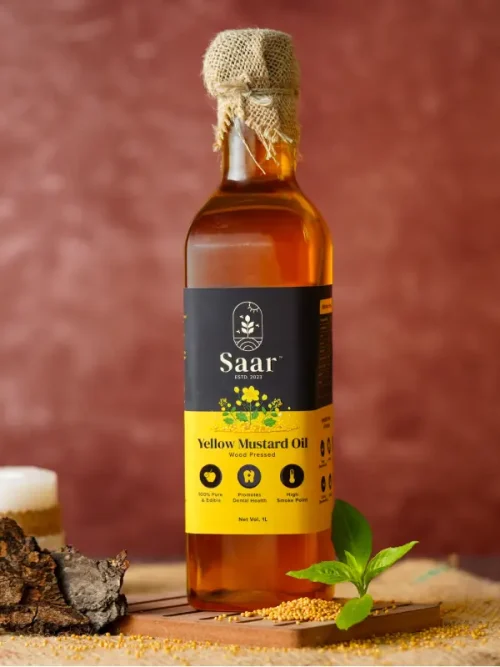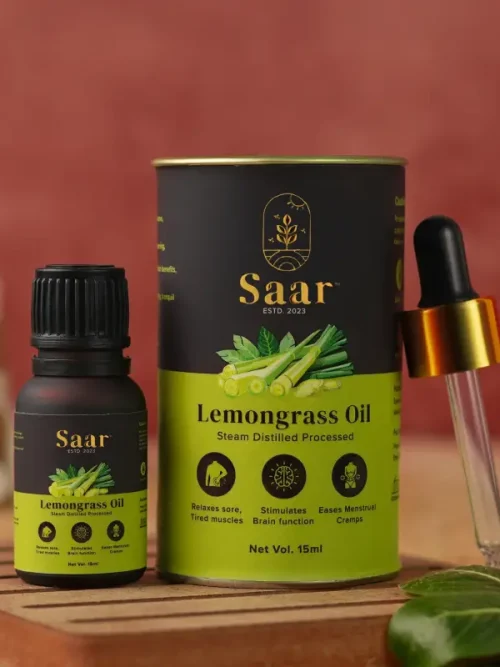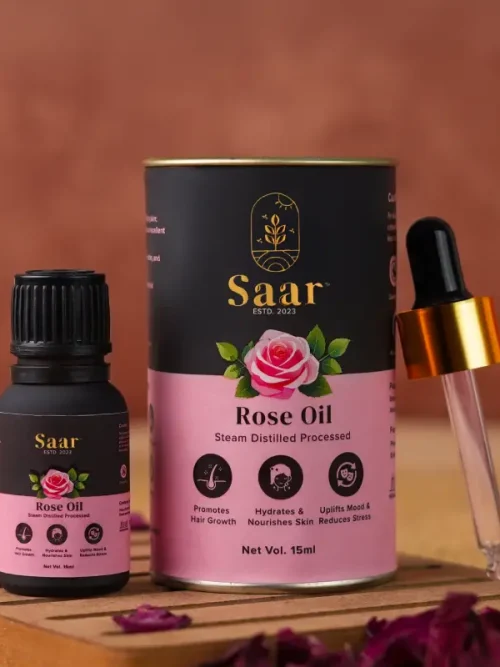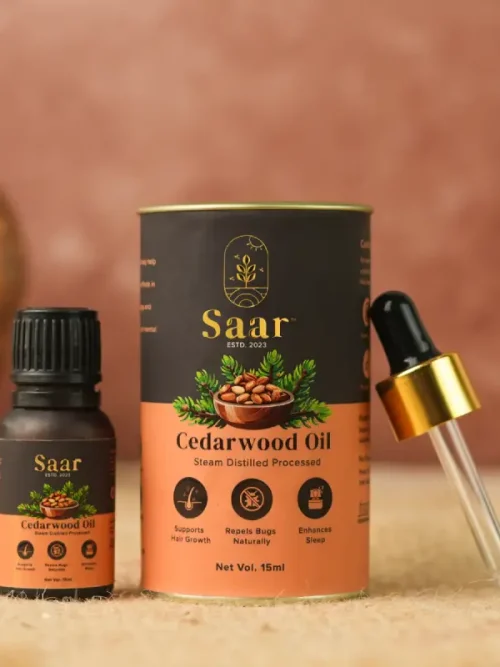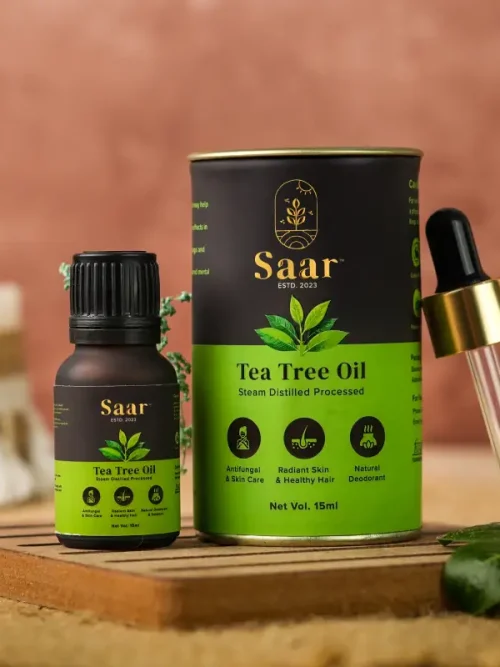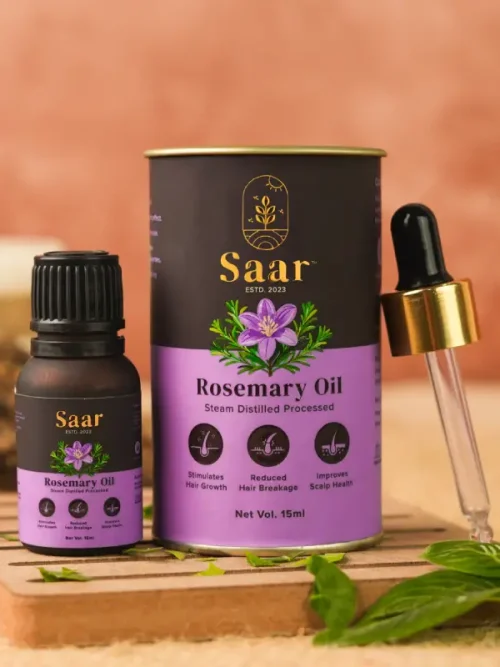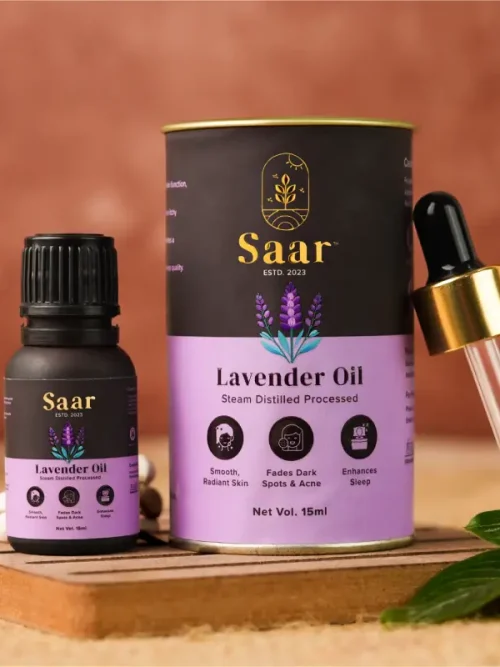Lemongrass is also known for its anti-inflammatory and pain-relieving effects. It contains compounds like citral and limonene, which help reduce inflammation and may provide relief from conditions such as arthritis and muscle pain. Moreover, it has been found to support immune function, helping the body fight infections and colds.
Apart from its internal benefits, lemongrass is widely used in skincare and aromatherapy. Its antibacterial properties help treat acne and improve skin health, while its calming scent is often used to reduce stress and anxiety. Whether consumed as tea, used in cooking, or applied as an essential oil, lemongrass is a versatile herb that enhances both health and well-being.
Groundnuts are also loaded with antioxidants, including resveratrol and vitamin E, which help protect the body from oxidative stress and inflammation. Regular consumption may reduce the risk of heart disease, diabetes, and even certain types of cancer. Moreover, their high fiber content aids digestion and promotes gut health.
Versatile and delicious, groundnuts can be enjoyed as a snack, used in cooking, or processed into peanut flour and oil. They provide long-lasting energy, making them a favorite among athletes and health-conscious individuals. Whether eaten alone or added to dishes, groundnuts are a powerhouse of nutrition and flavor.
Roasted coconut can be enjoyed in various ways. It makes a great standalone snack, a topping for salads, smoothie bowls, or desserts, and can even be mixed with nuts and dried fruits for a wholesome trail mix. It pairs well with both sweet and savory dishes, adding a unique texture and tropical flavor.
For those who love homemade snacks, preparing coconut-roasted treats is simple. Fresh coconut slices can be roasted in an oven or a dry pan until golden brown, with optional seasonings like honey, cinnamon, or a pinch of salt for added flavor.
Whether as a snack or an ingredient in recipes, coconut roasted is a delicious and nutritious choice that brings a taste of the tropics to every bite.
The composition of Rosa damascena rose oil is rich in key components like: Citronellol (20–34%) Geraniol (15–22%) Nonadecane (8–15%) β-damascenone (0.01–1.85%) β-damascone (under 1%) Beta-ionone (under 1%) Rose oxide (under 1%)
- Source: Cedarwood oil is derived from various conifer species, particularly those in the pine or cypress families.
- Production: It is primarily produced through the distillation of the foliage, and sometimes the wood, roots, and stumps of trees after logging.
- Key Compound: A key compound found in cedarwood oil is cedrol, responsible for its pesticidal effects and characteristic aroma.
- Pesticidal Properties: Cedarwood oil has notable pesticidal properties, useful for repelling insects.
- Historical Use: Cedarwood oil was historically used in ancient Egyptian embalming practices to protect bodies from insects.
- Source: Extracted from the leaves of the Melaleuca alternifolia plant.
- Properties: Known for its antibacterial, antifungal, and antiseptic qualities.
- Cultivation: While native to Australia, now widely cultivated in India.
- Extraction Method: Obtained through steam distillation, where steam vaporizes the essential oils, which are then condensed and separated.
Rosemary Essential Oil, derived from the Rosmarinus officinalis plant, is an aromatic oil extracted through steam distillation from the dried leaves of this Mediterranean evergreen shrub. Known for its invigorating, herbaceous fragrance, it contains a potent blend of active compounds like α-pinene, β-pinene, camphor, borneol, and 1,8-cineole, which contribute to its wide range of therapeutic benefits. This versatile essential oil is renowned for promoting healthy hair growth, soothing scalp conditions, and strengthening hair. It also offers powerful pain relief, reducing muscle and joint discomfort while alleviating inflammation. Rosemary oil is effective in easing headaches, improving mental clarity, and supporting cognitive function. Its natural antiseptic and antibacterial properties help bolster the immune system and promote overall wellness.
Lavender Essential Oil is derived from the Lavandula genus, a family of 47 flowering plant species native to the Old World, spanning regions from the Canary Islands and Cape Verde to the Mediterranean, northern and eastern Africa, and parts of Asia. Cultivated widely for ornamental use, culinary purposes, and, most notably, for its aromatic and therapeutic properties, Lavender has been cherished for centuries. Extracted through steam distillation from the dried flowers of Lavandula angustifolia, this essential oil presents a clear, fragrant liquid with a floral, fresh aroma. Its primary components, linalool and linalyl acetate, along with other beneficial compounds like lavandulyl acetate and terpinen-4-ol, make it a highly effective oil for a variety of uses.






